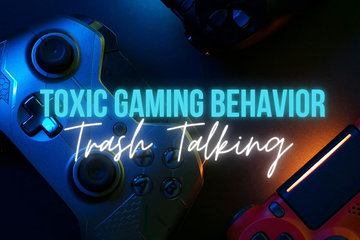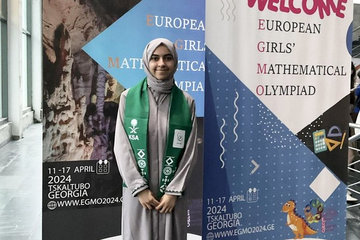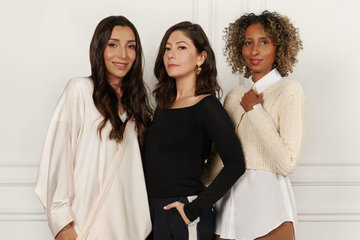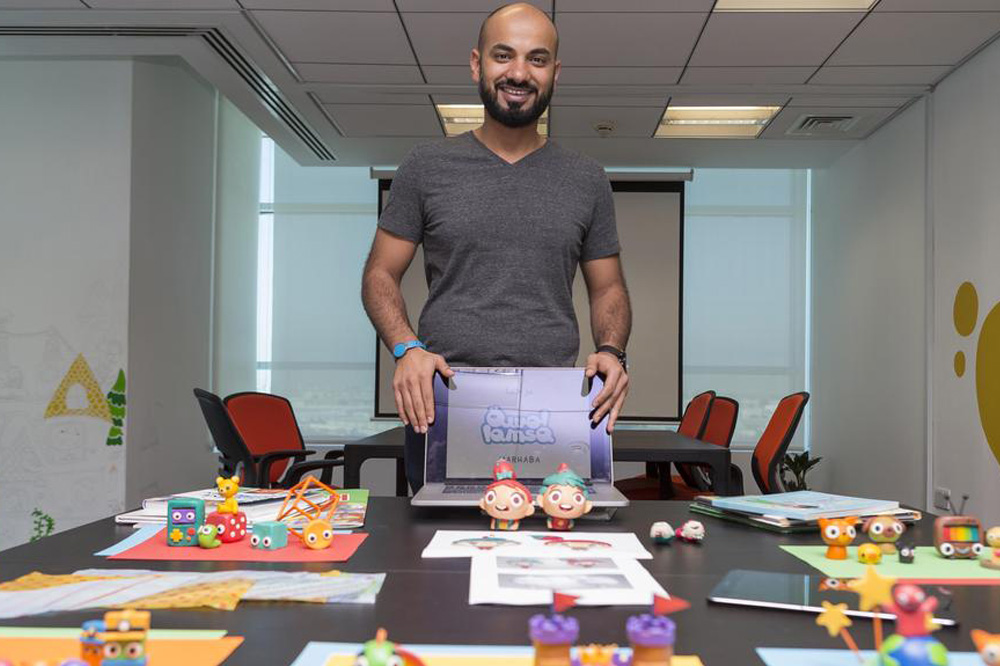
According to studies, children absorb the most information in their first 8 years, and can be the most crucial years for them to learn how to read and write. Studies have also shown that at the age of 8, children also transition from “learning to read” to “reading to learn”, by the Annie E Casey Foundation, which examines the wellbeing of children in America.

Badr Ward
This is something that sparked the interest of app developer and CEO Badr Ward, who has created Lamsa, which is an Arabic educational and entertaining app that focuses on ways to motivate and educate children to learn Arabic. Ward stated, “If we don’t encourage reading at that age, we could be taking the risk of them having a life-long issue with catching up.”
As the digital age captures the attention of children via devices like smart phones and tablets, Bard Ward feels that the best way to educate them is to use interactive apps like Lamsa to make time spent on digital devices, “relevant and meaningful.”
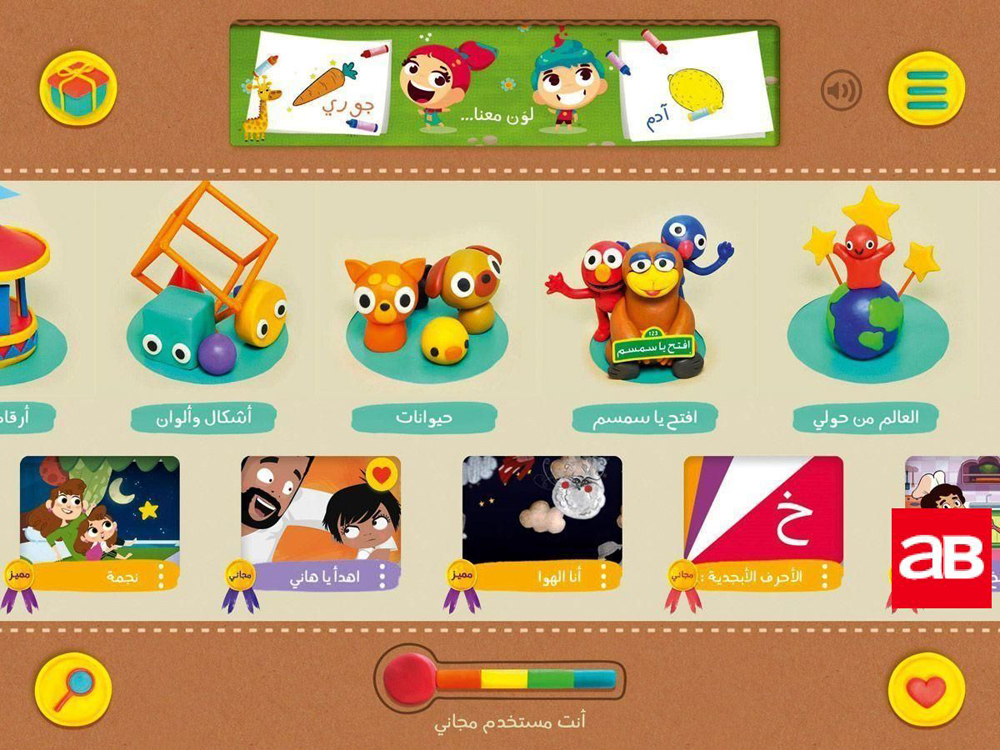
Lamsa was first launched back in 2012 in Saudi Arabia, and is targeted at children between the ages of 2 and 8, featuring songs, games, videos and rhymes in Arabic, whilst teaching the basics of the language.
The Saudi app developer also stated, “We have to face reality. Education systems across the world are legacy systems. Whether we like it or not, technology has changed the way we consume information. Children today have access to devices from the moment they are born. So, whether it’s reading on paper or e-books or interactive storytelling, we need to look at encouraging them to read, and to love to read and learn.”
Badr Ward also spoke about the characters used in Lamsa are inspired by his own children, Joory and Adam, who showed no interest in reading and pushed him to create the app to get their attention. The CEO of Lamsa also spoke about the importance of Arabic as a language, “Arabic is not just a language. It’s so important for children to understand their heritage and culture.”
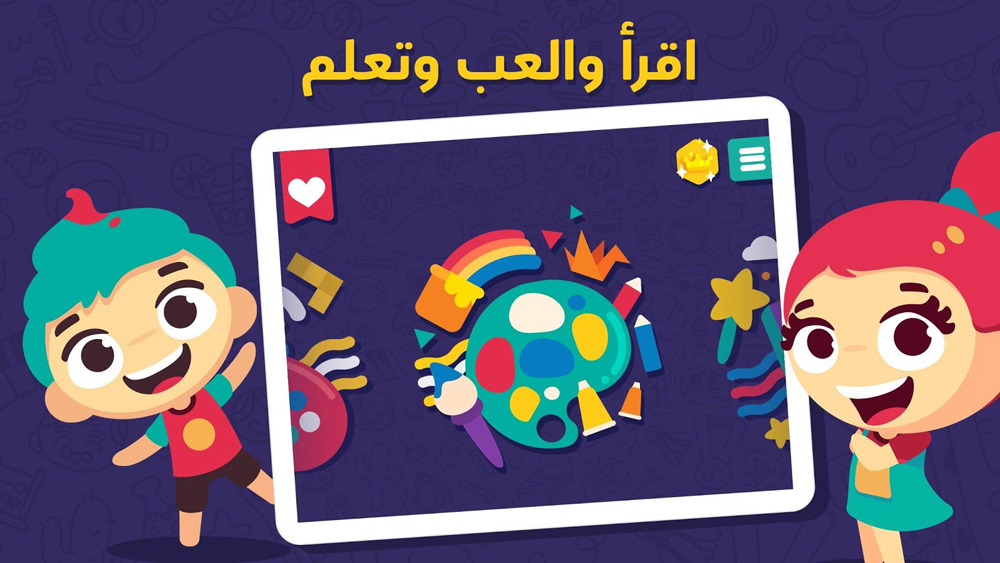
Another thing he noticed about getting his children to take an interest in reading was the use of imagery and exciting visuals, and noticed a lack of them in Arabic educational texts. Striving to fill the gap, Lamsa uses Arabic to include all things cultural, heritage, food, music and literature and collaborates with other Arab organizations, creators, illustrators and authors.
“It’s so important in the development of children to have a clear understanding of where they come from. In order to establish understanding of other cultures and learn tolerance, you need to start with your own. It’s fundamental to confidence, identity and heritage,” says Badr.



